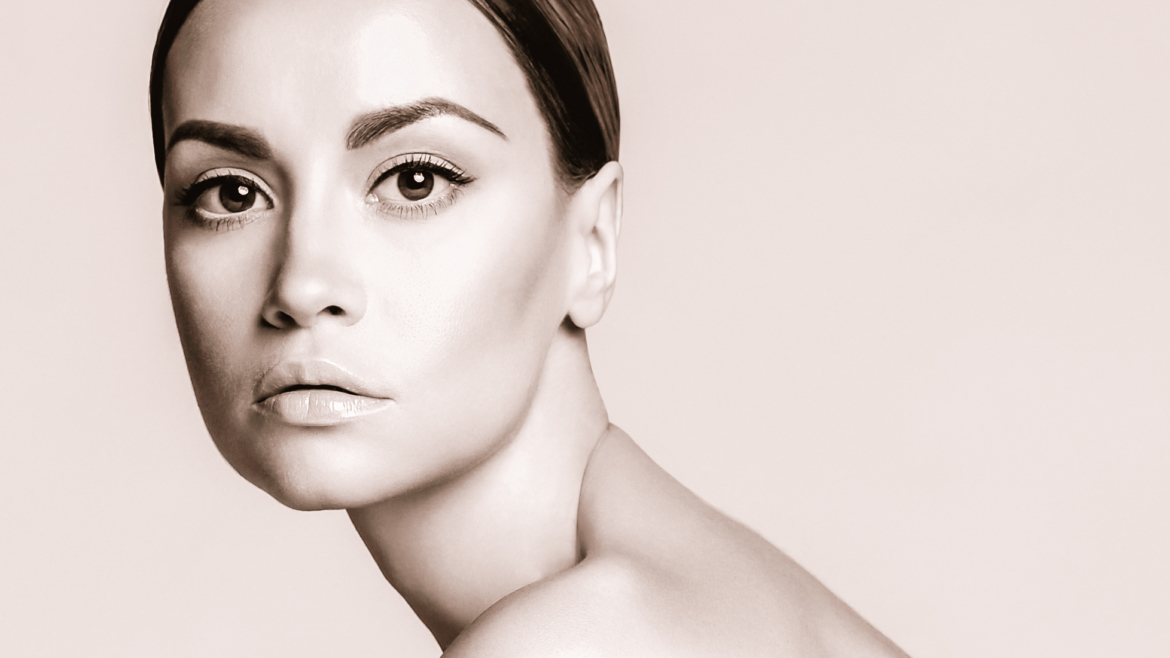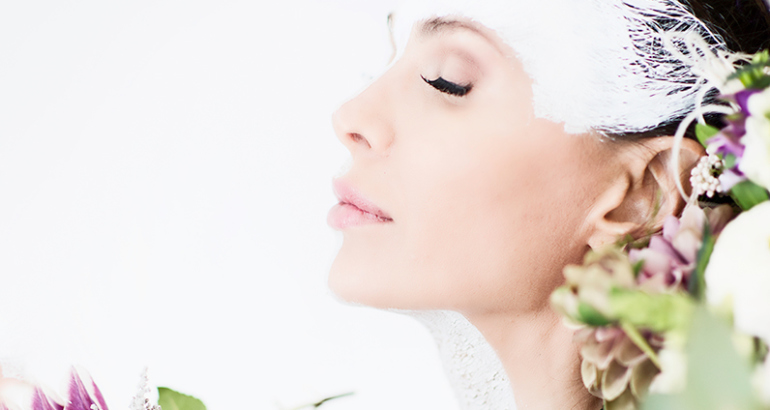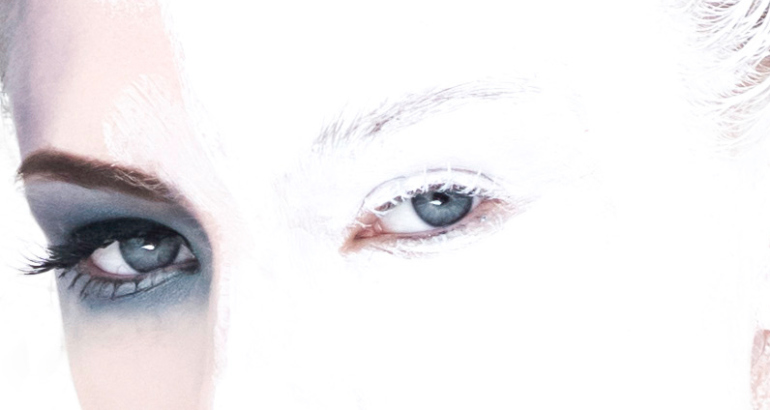Antioxidants used to help fight and prevent sun damage: Written by skincare specialist Kim Van Zyl
Research has shown that the amount of antioxidants in your body is directly proportional to the healthy long-term appearance of your skin
So, why do antioxidants protect your skin?
Scientists now believe that free radicals are the causal factors in nearly every known disease, from heart disease to arthritis, cancer to cataracts. In fact, free radicals are the major culprit in the aging process of the skin itself
Free radicals are highly reactive short-lived molecules that can damage important cellular structures found in the body’s largest organ -the skin. This sort of damage can lead to the dull, lifeless, aged complexion, discoloration, blotchiness, and uneven skin tone.
How does the SKIN use Antioxidants to fight against free radicals?
Antioxidants protect the skin by neutralizing oxidative “bombs” formed when the skin is exposed to UV radiation, cigarette smoke, pollution, emotional stress, and poor diet—all of which contribute to aging and disease and a lot of which we fight every day. In short, oxidative stress represents the imbalance between the production of free radicals and the body’s ability to use antioxidants to counteract their harmful effects. While our bodies are working at producing antioxidants that balance the effects of oxidative stress, that ability lessens as we age and our skin—already compromised by the above assaults—produces less of the antioxidant-rich oils that protect it
Because antioxidants—which include enzymes, polyphenols and other substances, such as vitamin C, vitamin E, and beta carotene—are capable of counteracting the damaging effects of free radical damage(the bad guys), they are often described as an army of Pac-Man characters hunting down and gobbling up free radicals(The little monsters). But that’s not exactly right. It’s more accurate to say that antioxidants neutralize rather than destroy free radicals. But however, you think of it, balancing the effects of oxidative stress results in less free radical damage. Need proof? Consider a cut apple, which after a short time exposed to air, turns brown as free radical damage (oxidation) does its dirty work on the fruit’s flesh. Sprinkle those apple slices with antioxidant-rich lemon juice, however, and they remain fresh-looking for much longer.
What type of Antioxidants should we look out for in our products?
Vitamin E
Vitamin E is an antioxidant that is present in the skin. It helps the skin look younger by boosting collagen production and in turn reducing the appearance of fine lines, wrinkles, and age spots. Unlike other vitamins, skin derives more of its benefits from vitamin E better through topical treatments than through oral supplements. Vitamin E is available in two forms: alpha-tocopherol (alcohol-based) and alpha-tocopherol acetate. The latter does not penetrate the skin as easily, so make sure you’re reading the labels closely to get the maximum benefit of the vitamin E.
Lycopene
Lycopene, a powerful antioxidant, is a carotenoid found in red fruits and vegetables. It is, in fact, responsible for their red color. In addition to being a healthy choice for your diet, it’s a great choice for improving skin texture because it promotes collagen production and reduces the DNA damage that leads to wrinkles. To get the most benefit from this powerful antioxidant, you can either take a daily supplement or look for skincare products that contain it in topical formulas (lycopene is easily absorbed by the skin).
Green Tea
Green Tea has become one of the new age food heroes — a helpful ally in preventing everything from heart disease and cancer to skin aging and weight gain. The full range of health benefits may take decades to define, but research on its impact on human skin is reasonably well developed. The secret ingredients are chemicals called catechins, which are antioxidants that can clear cell damage on the skin and repair wrinkles, blemishes, or other impurities. When applied to the skin, green tea can reduce sun damage by reducing inflammation and tackling free radicals. (It doesn’t block UV rays.)
Niacinamide
Niacinamide (vitamin B3) is a powerful antioxidant that has shown to exhibit anti-inflammatory and depigmenting properties. It has also shown to improve the texture and tone of the skin, as well as reduce fine lines, wrinkles, and hyperpigmentation.
Vitamin C
Vitamin C (L-ascorbic acid) is an essential nutrient that can only come from healthy fruits and vegetables that contain it. Vitamin C is usually known for its cold-fighting power, but it’s also under study for its impact on preventing and reversing aging skin.
It works in two ways: as an antioxidant, as well as a booster of collagen formation — both of which are important to preserving and maintaining skin’s youthful appearance. However, boosting your intake of vitamin C-rich foods does not appear to impact your skin to any measurable degree, but the scientist has seen amazing results when applied topically.
Retinol (VITAMIN A)
If there is one anti-aging ingredient that’s been proven time and time again to help turn back the clock on aging skin, it’s retinol. A derivative of vitamin A, this ingredient is particularly effective due to its small molecular structure, giving it the ability to penetrate deep enough into the skin that it can effectively stimulate collagen production and accelerate cell renewal and repair, smoothing fine lines and wrinkles and improving skin tone in the process. Whether it’s the over the counter or prescription-strength kind (tretinoin), retinol is a powerful antioxidant for fighting environmental aggressors that cause premature skin aging
LUMECCA IPL to treat sun damage.
Lumecca IPL by InMode is a safe, non-surgical treatment using the most powerful intense pulsed light (IPL) device to treat common skin blemishes and sun damage.
By selectively targeting affected areas, the Lumecca IPL system can treat skin pigmentation, vascular lesions, and skin texture irregularities. In fact, this advanced laser skin resurfacing treatment can:
Repair Small Blood vessels and treat redness
Light energy is absorbed by the oxyhaemoglobins (a red pigment found in blood vessels). The light energy turns into heat energy and results in the coagulation of the blood vessels. The coagulated blood is then absorbed and removed by the lymphatic system improving the appearance of redness and broken blood vessels
Eradicate sunspots or skin irregularities
Light energy is absorbed by the pigmented lesion and converted to heat energy. This results in the pigment breaking up. The pigment then either desquamates (flakes) off the surface of the skin or is absorbed and removed by the lymphatic system, therefore, improving the appearance of sun damage and pigmented age spots
Stimulate collagen and improve skin texture.
How does LUMECCA IPL work?
The IPL laser operates using a process known as photo-thermolysis, which provides a photofacial through the delivery of light treatment. During treatment, there will be a bright flash of light from the IPL treatment that feels like a light elastic sensation.
The Lumecca IPL can be used on all areas of the body. The most common areas of treatment are zones that are regularly exposed to the sun.
What to Expect after IPL treatment?
After treatment, redness and a slight warming of the skin are normal. These usually subside within an hour or two. Over the next 24-48 hours, you may see a darkening of pigmented spots; in the week afterward, the pigmented lesions flake off, leading to an evening out of skin tone.
After treating vascular lesions, you may see the vein blanch and disappear or a color change in the vessel which dissipates after a few days.
Conclusion
So we all know that even stepping out to go to the store is triggering your skin cells to go into full-on battle mode. All our skin cells are standing in soldier mode.
And by using the correct Anti-oxidants to give your skin all the correct weapons to protect your skin, and if any of your Soldiers (cells) got hurt we can use Lumeca IPL to improve and treat you.
Find out more and book your Lumecca Intense Pulsed Light here



